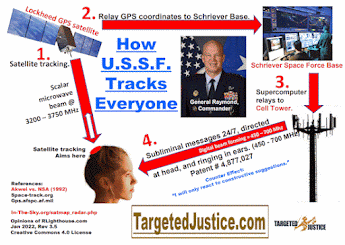Patent No. 6429868 Method and computer program for displaying quantitative data
Patent No. 6429868
Method and computer program for displaying quantitative data (Dehner, Jr., et al., Aug 6, 2002)
Abstract
A method and computer program for simultaneously displaying very large sets of quantitative data. The method and computer program permit the display of quantitative data without first standardizing the data. The method and computer program also permit an observer to display the data space under user controlled color mappings, to select color spectrums to emphasize or hide certain data or certain characteristics, and to move over and fly through the data space to identify and analyze areas of interest.
Notes:
OBJECTS
AND SUMMARY OF THE INVENTION
The present invention solves the above-described problems and provides a distinct
advance in the art of quantitative display techniques. More particularly, the
present invention provides a method and computer program for simultaneously
displaying large and even unlimited data spaces of quantitative data without
suffering from the limitations described above. This is achieved by combining
methods to construct data grids of a virtual data space, with methods and controls
for a number-to-color mapping process, with methods and controls for "movement",
and with a range of mathematical operations.
The method and computer program of the present invention permit the simultaneous
display of very large and even unlimited databases of time series or other ordered
data sets so that a viewer can simultaneously visualize trends and patterns
in the data. The computer program and method achieves the foregoing while still
permitting viewers to easily distinguish individual variables and values in
the data space and simultaneously displaying many variables as well as many
data points over time.
The method and computer program also permit the simultaneous display of data
sets with widely different ranges and a high degree of variability without first
conditioning, transforming, normalizing, or standardizing the data sets. This
permits observers to readily compare different data sets without the need for
significant pre-conditioning of the data or selection of variables in a common
and narrow range.
The method and computer program also permit an observer to interactively and
dynamically reorder, sort, categorize, and transform a displayed data space
or parts of it. The invention permits the observer to apply any of a variety
of mathematical operations to create new data spaces or to modify the display
of the current data space.
The method and computer program also permit an observer wide control over a
number-to-color mapping process (associating a particular color with a particular
numeric value). This is accomplished with controls to construct or select color
spectrums, controls to change the spectrum display in ways to emphasize or hide
certain data or certain categories of data as well as to reveal patterns in
the data, controls to select subsets of the data space to color map independently,
controls to set the particular number to color mapping function, and with controls
to select a retrospective or an animated real-time color mapping mode.
The method and computer program also permit an observer to view a display of
quantitative data within a "data space" and to fly over and through a data space
built with perspectives and three dimensional effects. The result is to move
the observer from the mind set of "viewing a graph", to one of "flying through
a data space". Movement can be vertical (to see more or less data or surface
area on the screen), or horizontal (through time and across variables), and
the motion can be combined. Movement controls and flying beyond the edges of
the screen allow virtually unlimited data spaces to be accessed and visualized.
-----------------------------
Although the invention has been described with reference to the preferred embodiment illustrated in the attached drawing figures, it is noted that equivalents may be employed and substitutions made herein without departing from the scope of the invention as recited in the claims




Comments